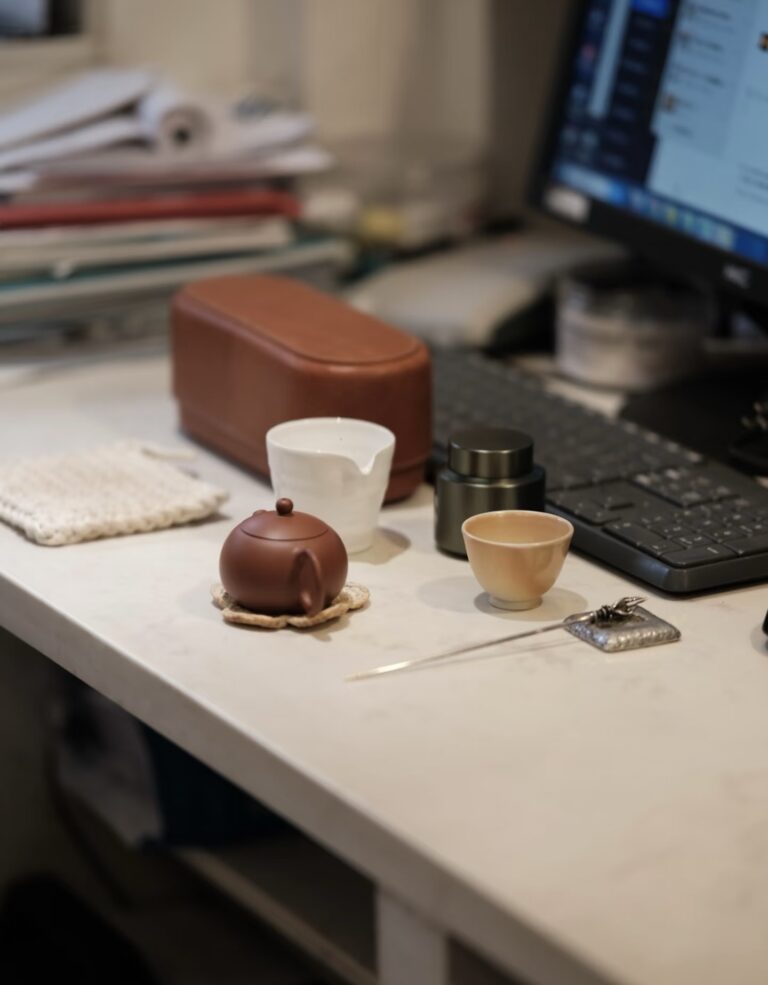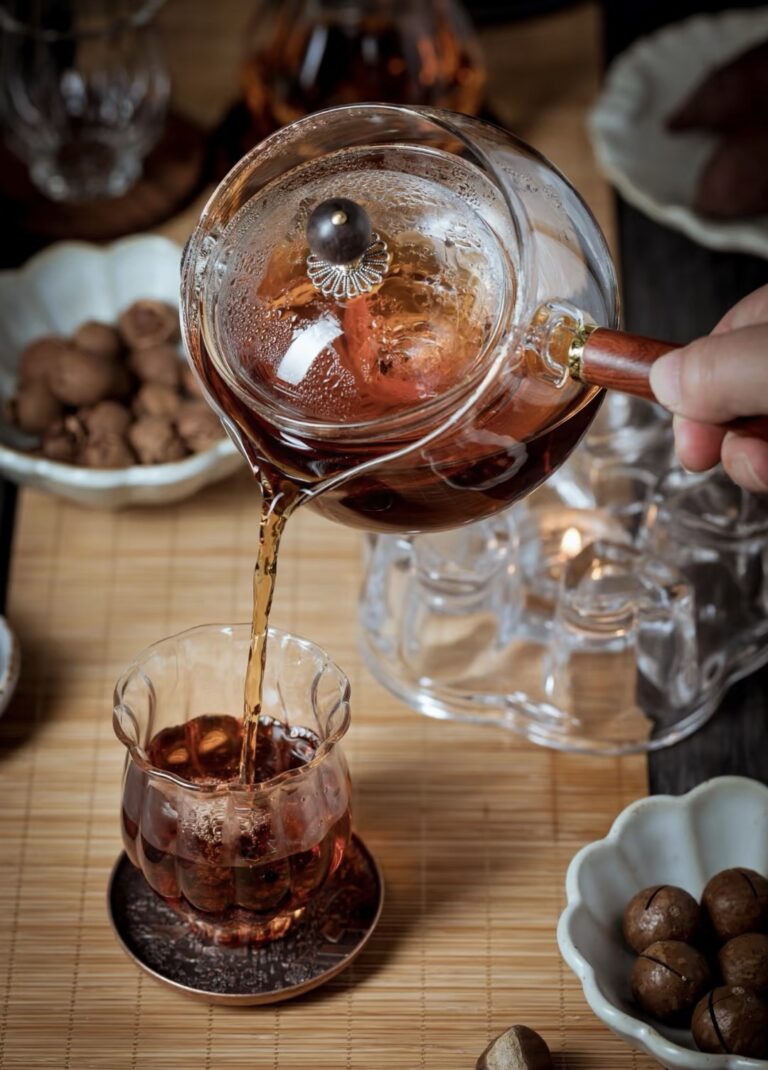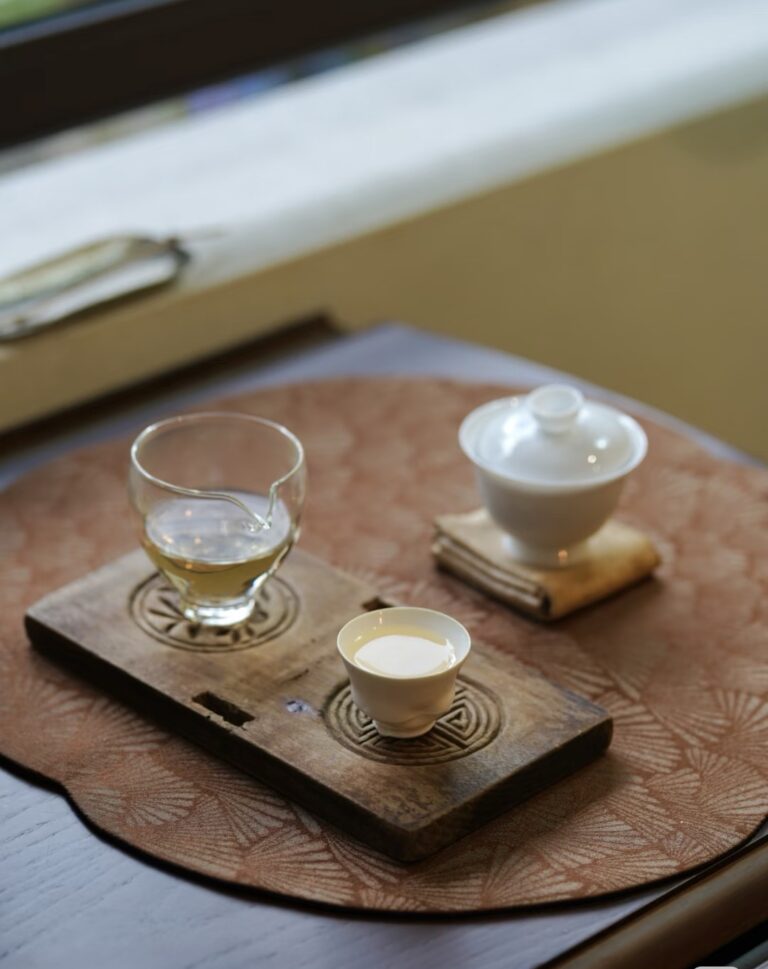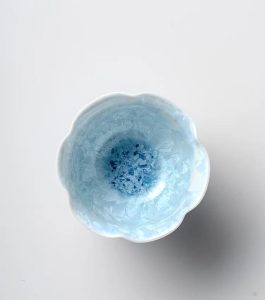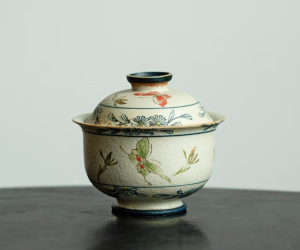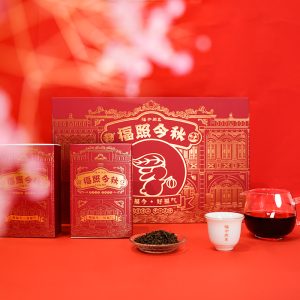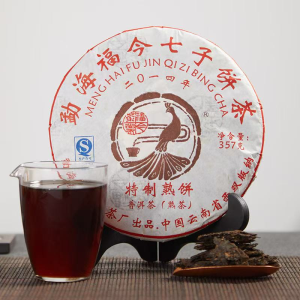When venturing into the world of Chinese tea, one of the first decisions you’ll face is selecting the right brewing vessel. The two most prominent options—the gaiwan and the teapot—each offer distinct advantages and characteristics that can significantly influence your tea experience. This guide will help you navigate this choice with confidence, ensuring your brewing method enhances the specific teas you enjoy.
Understanding the Basics: Gaiwan vs Teapot
The Gaiwan: Elegance in Simplicity
A gaiwan (literally “lidded bowl”) consists of three parts: a bowl, a lid, and a saucer. This seemingly simple design belies its versatility and precision in tea brewing. Traditionally made from porcelain, gaiwans can also be found in glass, ceramic, and occasionally clay varieties.
The design allows for quick heat adjustment by manipulating the lid, easy observation of the tea leaves as they unfurl, and precise control over steeping time. Our Blue Ice Crystal Gaiwan exemplifies the elegant simplicity that has made this brewing vessel a staple in Chinese tea culture for centuries.
The Teapot: Tradition and Specialization
Teapots, particularly Yixing clay teapots, represent a different philosophy in tea brewing. These unglazed clay vessels absorb tiny amounts of tea with each brewing, gradually developing a seasoned interior that enhances the character of the tea. Unlike the versatile gaiwan, a proper Yixing teapot is typically dedicated to a single type of tea to preserve this unique seasoning effect.
The Qiu Shui Yixing Teapot demonstrates the craftsmanship and specialized design that makes these vessels prized by tea connoisseurs worldwide.
Choosing Based on Tea Type
Teas That Shine in a Gaiwan
The gaiwan excels with teas that benefit from precise brewing control and visual appreciation:
•Oolong Teas: The complex flavors of oolong tea unfold beautifully in a gaiwan, where you can observe the leaves expand and adjust steeping time precisely.
•Green Teas: Delicate green teas benefit from the quick pouring and temperature control a gaiwan offers.
•White Teas: The subtle notes of white tea are preserved by the neutral porcelain, and the visual beauty of the leaves can be appreciated.
•Young Raw Pu-erh: The bright, sometimes astringent character of young raw pu-erh tea can be carefully controlled with a gaiwan’s precise steeping times.
Teas That Benefit from a Teapot
Certain teas develop enhanced character when brewed in an appropriate teapot:
•Aged Pu-erh: Both raw and ripe aged pu-erh teas benefit from the steady temperature and clay interaction of a Yixing teapot.
•Roasted Oolongs: Heavily roasted oolongs like traditional Wuyi rock teas pair excellently with clay teapots, which round out their strong character.
•Black Teas: The rich, full-bodied nature of black teas is complemented by the mineral content of many clay teapots.
Considering Your Brewing Context
Experience Level
For beginners, a gaiwan offers several advantages:
•Easier to clean and maintain
•Allows visual learning about tea leaf quality and infusion color
•Versatile for exploring different tea types without multiple vessels
However, the handling technique requires practice to avoid hot fingers. Our guide to Chinese tea preparation offers helpful tips for mastering this skill.
Teapots, while sometimes easier to handle physically, require more knowledge about proper seasoning and maintenance, making them better suited for those with some tea experience.
Brewing Setting
Consider your typical tea drinking context:
•Solo Sessions: Both vessels work well, though a gaiwan’s smaller size is often perfect for individual brewing.
•Serving Guests: A teapot may be more practical when serving multiple people, as it typically has larger capacity.
•Travel: Specialized travel gaiwans are more portable and durable than most clay teapots.
•Daily Casual Use: If you drink the same type of tea regularly, a dedicated teapot might be more convenient.
Flavor Impact Considerations
The brewing vessel itself contributes to the final flavor profile of your tea:
•Gaiwans (especially porcelain) are prized for their neutral impact, allowing you to taste the tea’s true character without alteration.
•Clay Teapots interact with the tea minerals, potentially softening astringency, rounding out flavors, and enhancing body and mouthfeel.
If you’re interested in experiencing a tea’s pure, unaltered flavor—or if you enjoy switching between different tea types—a gaiwan is the superior choice. If you prefer how a specific tea develops character through interaction with clay, a dedicated teapot will serve you better.
Practical Decision Guide
Start with a Gaiwan If:
•You’re new to Chinese tea brewing
•You enjoy multiple types of tea
•You value precision and control in brewing
•You appreciate observing the visual aspects of tea brewing
•You have limited storage space for tea equipment
Our complete Chinese tea set includes a high-quality gaiwan that’s perfect for beginners and experienced tea drinkers alike.
Choose a Teapot If:
•You regularly drink a specific type of tea
•You appreciate the ritual of caring for and seasoning a clay vessel
•You enjoy how clay enhances certain tea varieties
•You often brew tea for multiple people
•You have mastered basic brewing techniques
The Complementary Approach
Many tea enthusiasts eventually adopt both brewing methods, using them complementarily:
•A gaiwan for tasting new teas and evaluating quality
•A teapot for daily brewing of favorite teas
•Different teapots dedicated to specific tea types for optimal results
Conclusion
The choice between a gaiwan and teapot isn’t merely about brewing functionality—it reflects your personal relationship with tea and the experience you wish to create. Many tea enthusiasts begin with a gaiwan for its versatility and gradually add specialized teapots to their collection as they discover preferred tea varieties.
Remember that there’s no wrong choice—both vessels have been used to brew exceptional tea for centuries. The best approach is to consider your specific needs, preferences, and the teas you enjoy most frequently. Whichever path you choose, it will lead to a deeper appreciation of the rich traditions and flavors of Chinese tea culture.

